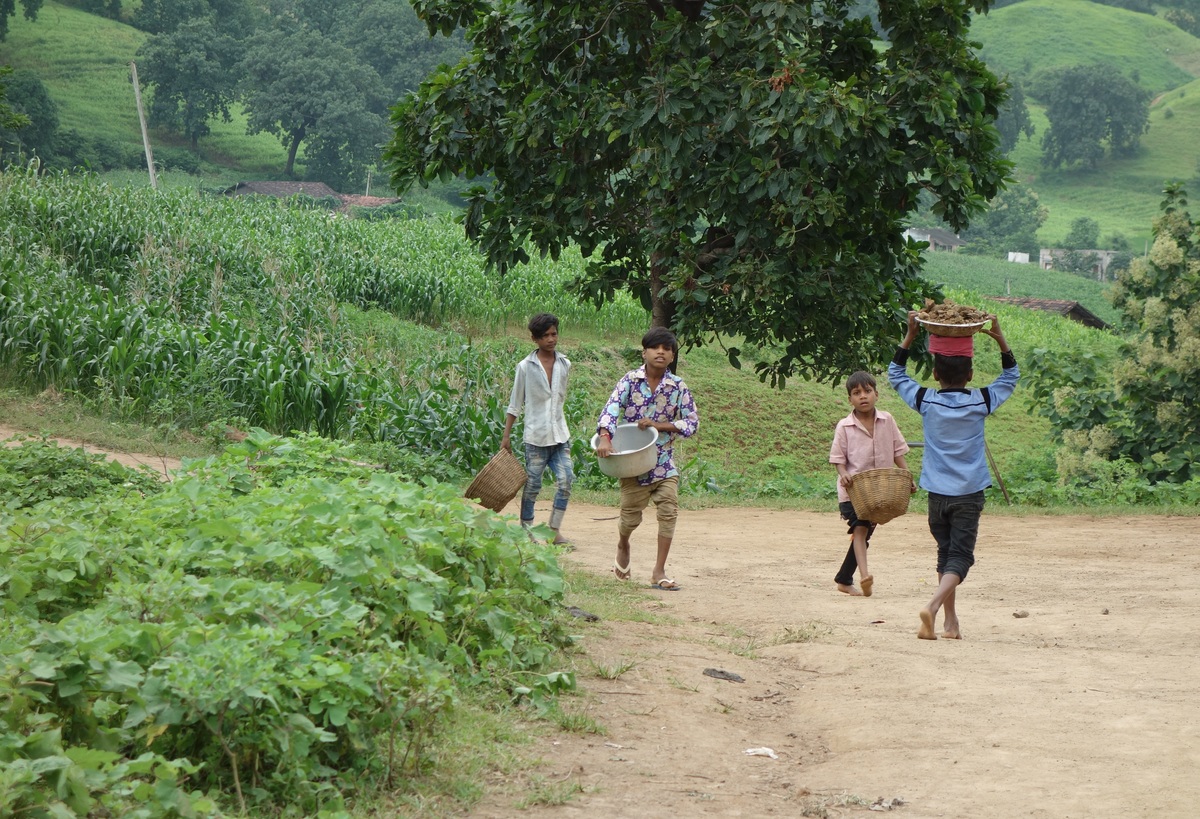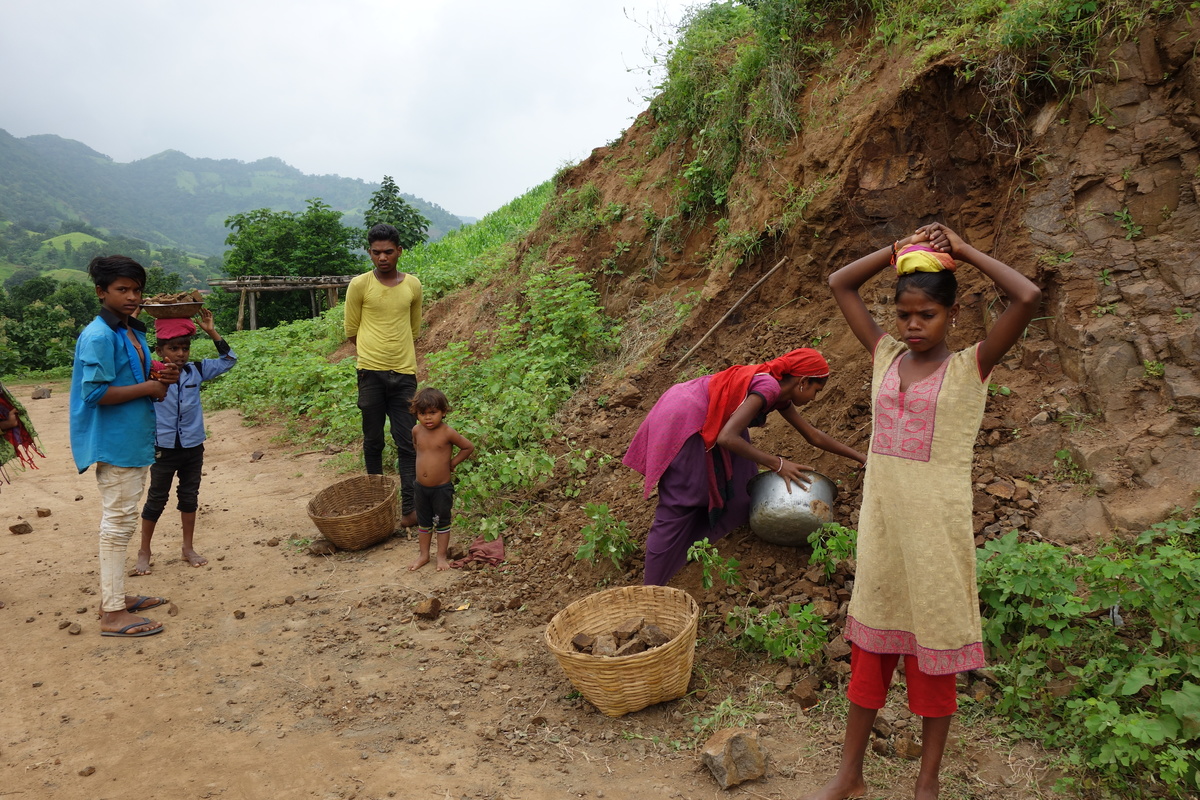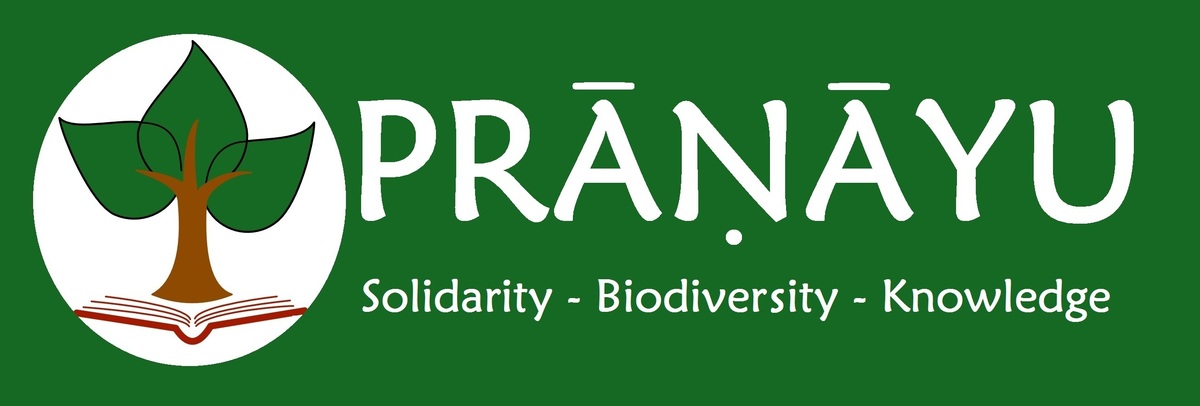GURU-UPAKĀR
Prāṇāyu is the result of the fruit of many masters of past and present to whom we owe our deepest gratitude.
Hymn to absolute tolerance
It may be said that knowledge is the fruit of addition of the point of view of all Life working in synergy together. It can be said as university of the truth, veracity relilying on the inclusivity of all creaures beyon they external differences, all encompassing tolerance. More technically it can be designated as the cognition the veracity of multi-angularoty of view points (anekantavāda) or omni potentiality of truth (syādvāda).
We render our respect to all creatures through amicability (maitri), empathy (karuṇa), modita (glorification), upekṣa (understanding) (cf. Yogasūtra, Tattvārthasūtra, etc.)
Some of Prāṇāyu Guides of The Past Based on Historiography
Listed in a chronological order are the contributions of some of the greatest masters in the field of Ayurveda.
All the great yogī-s and illuminated guides starting by
Ādinātha, Ṛṣabanātha, whose name is enounced in all Indian sacred literature and whose emblem is depicted in the Indus-Valley-Civilisation seal
All the realised soul who have reached the final stages of all the Life potential starting by all
Siddha-s which reside the highest part of the universe carried by the dharma-asti-kāya
All the teachers and guru-s who’ s name are
Kṣamāśama,
Vitarāga,
Rāgādirogavaidya
Prāṇācārya...
Mahāṛṣi Caraka and his lineage starting by Agniveṣa, etc.
Caraka
The saint Caraka is special type of yogi called carana-vaidya (wondering-ascetic-physician) author of the Caraka-saṃhitā.
The Vedic and Hindu tradition origin hypothesis
Caraka is the disciple of the ṛṣi (clairvoyant) Agniveśa himself author of the Agniveśa-Samhitā (or Agniveśa-saṃhitā). No fragment of latter text has reachesed us but Agniveśa had six disciples including Caraka from whom some treatise have been identified. The names of Agniveśa’s students are therefore Caraka with Bhela, Jatukarna, Parasara, Harita and Ksharapāni. Agniveśa himself studied under the guidance of the notorious ṛṣi Punarvasu-Ātreya...
The Śrāmanik origin hypothesis
According to different authoritative historians including Kenneth Zysk the Caraka-saṃhitā is identified as a vedic transformation of śrāmanik ascetic medical tradition.
Moreover according the most exhaustive historian Jan Gerit Meulenberg (JGM), Ātreya can not be identified as an historical figure and shall be considered as a mythological hero.
Agniveśa in the three Śramanik religion is refered (Cf. JGM, I.13, p 128-129)
Mahāṛṣi Patañjali
The mystical sage who lived sometime between 200 - 400 CE. He authored three powerful texts – Patañjali Tantra (ancient scripture with Ayurvedic perspective on well-being, health, and medicine for disorders), Mahabhashyam (extensive commentary on grammarian Paninini’s Asthadhyayi - sutra styled composition on Sanskrit grammar), and Yoga Sutras which he is celebrated for (collection of aphorisms in Sanskrit on theory and practices of yoga which serve as guidebook to self-realization). The second statement of the first section in it reveals a deep powerful message “Yoga chitta vritti nirodha”, union(yoga) can be attained only when the disturbances(vritti) of the mind (chitta) are removed (nirodha). This vital tenet of the Yoga Sutra influenced how practitioners of Ayurveda understood mental wellness.
The Gandhara-s (immediate disciples of Lord Mahavira), and the Śrutakevali-s (those who had knowledge of ten or more purvas -the original compilers of canonical Jain scriptures. Unlike other religions, Jainism does not have one main scripture but many called the Ägams dated back to around 3rd century BCE. Agams are the twelve canonical compilation by Ganadhars based on the sermons delivered by Tirthankara Mahavir in Präkrit to drive his message across to the common people. The twelfth agam, Drishtivada, consisted of fourteen purvas. The twelfth purva from this agam - Prana Pravada Purva contained knowledge of the ten types of Pranas or life substances. This profound knowledge encompasses many dimensions of Ayurveda and the way of life.
Ācārya Suśruta -the father of surgery who lived around 7th or 6th century BCE. He composed Suśrutha Saṃhitā which deals mostly in surgical knowledge. It is one of the three foundational scriptures on Ayurveda, while the other two are Charaka Samhita and Ashtanga Sangraha which chiefly focus on medicinal knowledge. Suśrutha Saṃhitā is divided into six sthanas (sections) of which Sutra Sthana and Nidana Sthana were more dedicated to the dimensions of Ayurveda. His work- Shalya Tantra, is the most ancient and commanding text in the medical branch of surgery in the world. He was the disciple of Divodasa Dhanwantri and his texts were largely influenced by the perceptions of Dhanwantra-sampradaya school of thought. He influenced Ayurveda like no other and his work finds relevance even today.
Ugrādityācārya - a Jain monk who lived around 830 CE, authored the Sanskrit medical treatise Kalynakaraka. He brought singularity to Ayurveda on two accounts. Firstly, by applying the tenets of Jainism to ayurveda, he ushered in a very unique and potent dimension to it. He eliminated honey, meat, and alcohol from all recipes and applied the essence of ahimsa, the foundation of Jain principles, in Ayurveda and this Jain practice came to be known as Pranavaya Ayurveda. Secondly, he described an incredibly advanced stage of alchemical operations in his rasarasāyana chapter which predates even the oldest Sanskrit alchemical dissertations. Prāṇāyu is not only inspired by his work, but is applying this sacred almost lost knowledge and is a witness to its phenomenal healing potency.
Contemporary Guides
Masters in Philosophy, Manuscriptology
Sadviji Sri Vairagya Linna Mahārāj Saheb ji, Hitruci Vijayji Mahārāj Sahebji, Hitā Darṣita Srīji Mahārāj, Sahebji, Nalini Balbirji, Nicolas Dejenneji, Cirāg Śuklaji, Mana Shahji, Rameś Pandyaji, Sāmani Chaitanya Prajā, Sāmani Samgītā Prajā, Kumarpal Desai, Harshad Chandrarāj, Ācārya Ajay Sagar Sūri
Doctors in Ayurveda and Naturopathy
Dr. Vaidya Pram Pujye Shri Hardicar Dadaji, Dr. Sri Dilip Gadgilji, Dr. Sri Sunil Joshi, Dr. Sri Nibhodiji, Sri Doctor Sukumaran Vidyadharanji, Sri Atreya Smithji, Sri Alex Dukanji, Sri Robert Svobodaji, Dr. David Frawleyji, Dr. Sri Vasant Ladji, Jacqueline Royre from Austria Delagrange.
Doctors and researchers in allopathy or modern biology
Dr. Catherine Kousmine, Dr. Jean Seignalet, Dr. Norman Pugh, Dr. Luc Gaston Besson, Dr. Regis Gosdidier, Dr. Christophe Helleau, Dr. Natasha Cambel, Dr. Misshmal, Dr. Klark, Professor Pierre Weil, Danielle Boussard, Pascal Bossu, Dr. Claude Lagarde, Dr. David Servant Schreiber, Dr. Franck Ledoux, Dr. Gérard Guénio, Dr. Robert Halphon, Dr. Pol Henri, Dr. Patrick Houlier, Dr. Pascal Pointaire, Dr. Georges Mouton, Dr. Luc Bodin, Dr. Philippe Fiévet, Dr. Sonchay Intavong, Doctor Daniel Bodin, Dr. Daniel Penoel, Dr. Paul Nogier.
Partners
JVBI University Ladnun near Jaipur India
University of Gujārat Vidyāpīt in India
Sādhanā association in France
Kualo, whom we thank for accepting Prāṇāyu in its free hosting program for NGOs. We chose Kualo for its ecological values and practices (use of 100% renewable energy, energy efficient design principles, sensible green policies), and for its commitment and support for NGOs.










